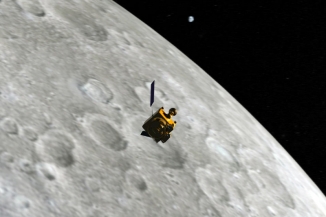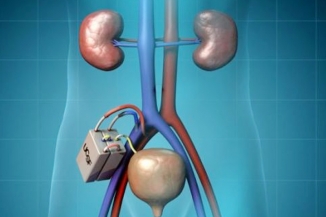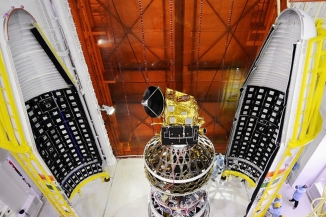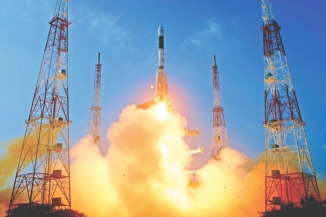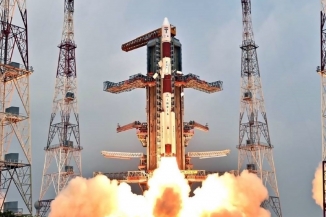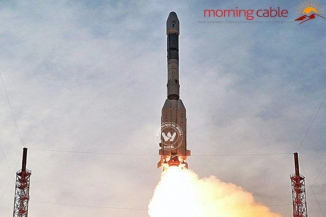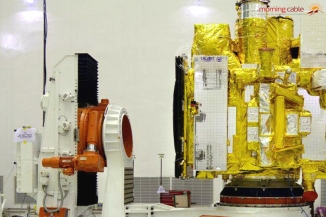
India, on today successfully put into orbit, its fifth navigation satellite called IRNSS-1E powered by its own PSLV rocket. India’s successful launch, has now moved it closer to joining a select group of nations possessing their own satellite navigation systems. The Indian Regional Navigation Satellite System (IRNSS) consists of a constellation of seven satellites of which five - IRNSS-1A, IRNSS-1B, IRNSS-1C, IRNSS-1D and IRNSS-1E-have been put into orbit till date.
At 9.31 AM, the 44.4-metre high Polar Satellite Launch Vehicle (PSLV) rocket weighing 320 tonnes blasted off into the morning sky. 19 minutes into the flight, the PSLV rocket detatched from IRNSS-1E. Soon after the ejection into the orbit, the satellite’s solar panels were deployed. 20 minutes after lifting off from Sriharikota, PSLV-C31 placed IRNSS-1E in an inclined geosynchronous orbit.
The satellite’s control was taken over by the Mission Control Facility (MCF) at Hassan in Karnataka. The MCF will manage the satellite’s orbit and fire the on-board motors till it is placed in its slotted orbit.
The space agency’s officials said that IRNSS system is unique in the sense, that it comprises of only seven satellites, while other similar systems in the world have more than 20 satellites. The IRNSS-1E carries two types of payloads - navigation and ranging payload. It weighs 1,425 kg and has an expected life span of over a decade.
The IRNSS will be able to provide accurate position information service to users across the country and the region, extending up to an area of 1,500 km. While ISRO is silent on the system’s strategic application, it is clear that the IRNSS can be used for defense purposes as well.
The IRNSS is similar to the global positioning system (GPS) of the US (24 satellites), Glonass of Russia, Galileo of Europe and China’s Beidou. While GPS and Glonass are fully functional global systems, the Chinese and the Japanese systems are offering regional coverage, whereas Europe’s Galileo is yet to be operational.
The IRNSS will provide two types of services - standard positioning service and restricted service.
By Premji








